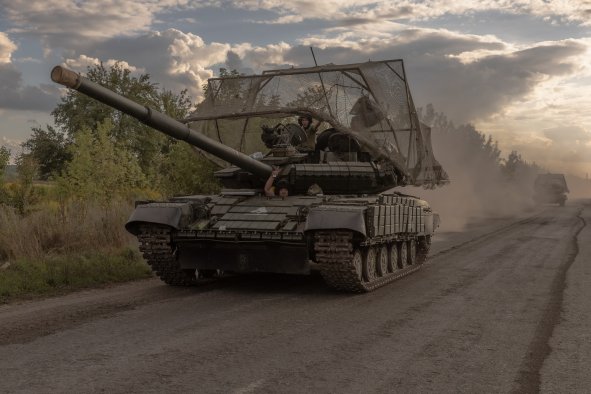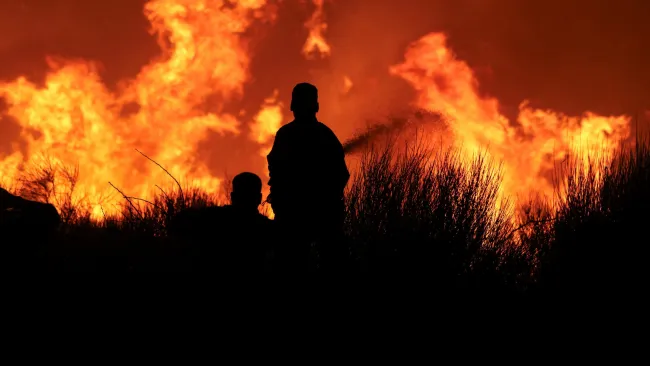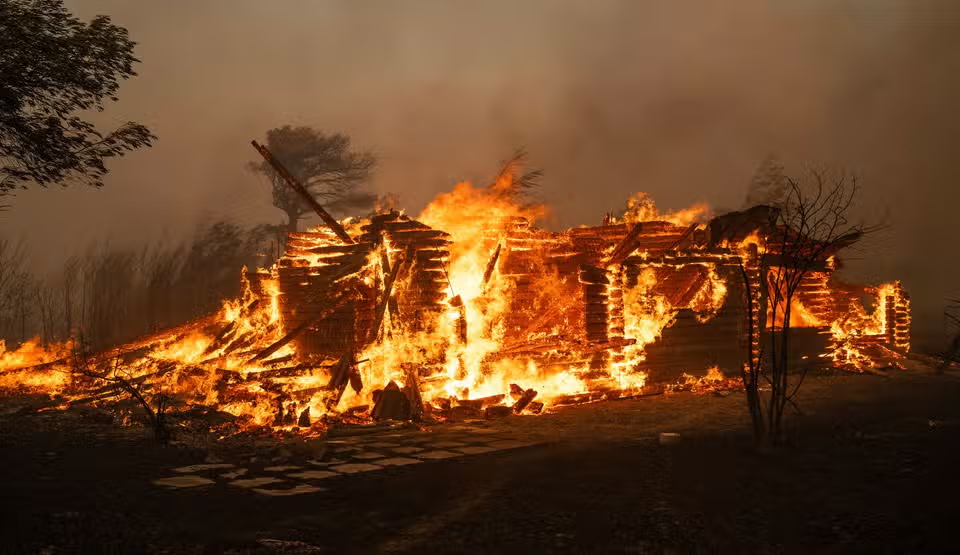South Korea and the United States are set to begin their annual joint military exercises next week, with an emphasis on improving their combined capabilities to deter and defend against growing North Korean nuclear threats, the allies said on Monday.
This year's iteration of the Ulchi Freedom Shield exercise will run from Aug. 19-29, and comes amid heightened tensions on the Korean Peninsula.
The drills could trigger a response from the North: North Korea historically brands the exercises as rehearsals for invasion, and often uses them as justification for its continued development of nuclear weapons and missile systems.
Tensions on the Korean Peninsula remain high as North Korean leader Kim Jong Un continues to leverage the ongoing conflict in Ukraine as an opportunity to expedite his weapons programs, while issuing threats of nuclear strikes against the United States and South Korea.
On Sunday, Ukraine's President Volodymyr Zelenskyy said a North Korean missile was used by Russia to attack Kyiv overnight.
The U.S., South Korea, and Japan have increased their joint military exercises and are sharpening their nuclear deterrence strategies, particularly those involving U.S. strategic assets.
In recent months, the U.S. has ramped up its regional presence with long-range bombers, submarines, and aircraft carrier strike groups to conduct joint training with South Korean and Japanese forces, in a show of force against the North
The drills will include computer-simulated scenarios aimed at improving responses to missile threats, GPS jamming, and cyberattacks, alongside field maneuvers and live-fire exercises.
The primary objective is to "further strengthen (their) capability and posture to deter and defend against weapons of mass destruction," as stated during a joint press briefing.
Lee Sung Joon, spokesperson for South Korea's Joint Chiefs of Staff, confirmed that approximately 19,000 South Korean troops will take part in the exercises, which he described as crucial for maintaining a robust defense posture to protect the Republic of Korea, the formal name for South Korea.
Ryan Donald, spokesperson for U.S. Forces Korea, refrained from disclosing the number of American troops involved and could not confirm whether the exercises would feature U.S. strategic assets.
"This exercise will reflect realistic threats across all domains, including the missile threats posed by the Democratic People's Republic of Korea (DPRK)," Donald said, referencing North Korea by its official name.
"ROK and U.S. units will conduct combined field training exercises across all domains. Field maneuvers and live-fire exercises will enhance the alliance's interoperability and showcase our combined capabilities and resolve."
The South Korean military will also support nationwide civil defense and evacuation drills from Aug. 19-22, which will simulate scenarios based on potential North Korean nuclear attacks, according to Lee.
During last year's Ulchi Freedom Shield, North Korea responded with ballistic missile tests that it claimed were rehearsals for "scorched earth" nuclear strikes on South Korean targets.
Recently, the North has resorted to psychological warfare, launching thousands of balloons carrying trash over the border into the South, including balloons contaminated with fecal parasites.
In June, the balloons forced an airport in South Korea to close.
South Korea responded to the balloons in July by resuming propaganda broadcasts across the border, prompting additional threats from the North.
South Korea's military reported that over the past weekend, North Korea sent around 240 balloons toward the South, though only 10 were known to have landed, all in areas north of the capital, Seoul.
The balloons carried paper waste and plastic bottles, and no hazardous materials were detected, according to South Korea's Joint Chiefs of Staff.
This marks the first such incident since July 24, when debris from a North Korean balloon landed on the South Korean presidential compound, sparking concerns about the security of critical South Korean facilities.
Disclaimer: The copyright of this article belongs to the original author. Reposting this article is solely for the purpose of information dissemination and does not constitute any investment advice. If there is any infringement, please contact us immediately. We will make corrections or deletions as necessary. Thank you.



